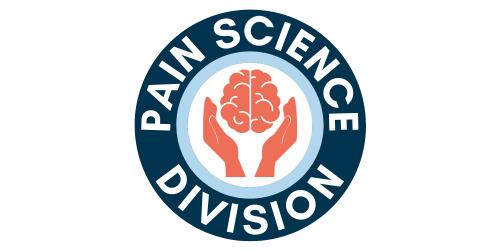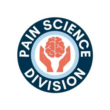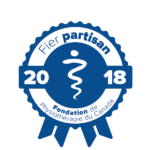Body Mapping for Loss of Strength, Coordination and Pain

Body Mapping for Loss of Strength, Coordination and Pain
Sensory Motor Amnesia describes a loss of awareness of a particular pattern of muscular activation to complete a specific task. When a patient sprains their ankle and develops a limp, that new motor pattern of a limp can be very difficult to get rid of again. This happens because a “smudge” in their previous map of walking occurs when they limp. The ankle heals, but the limp remains. They have changed their map of walking. To change the limp, you might have to do one of two things:
- Convince them that their ankle is healed (they may be limping to protect the ankle because six months later they still have pain and don’t believe that it has fully healed) and/or
- Teach them how to walk again with a lot of sensory awareness (Read Todd Hargrove on using slow, purposeful movement to improve coordination). We do this all the time. We break down an activity into small chunks and get patients to do it regularly. This is remapping. Remapping isn’t new for us. However, consciously targeting the brain is new.
We are good as physiotherapists at breaking down an activity like walking and retraining it. But how do you break down generalized tension in the low back after an injury? How do you normalize the tone in the paraspinals, the abdominal wall (bracing) and the hip flexors which have learned to guard the area? You can stretch these muscles; this is our go-to strategy as PT’s. Stretching may help because it changes the inputs into the sensori-motor cortex by re-training the neuromuscular system from the bottom up. But if the motor pattern in the brain has changed and defaulted to a pattern of over-protection, you may have to target the brain specifically to see any lasting changes in the tension of these muscles. (Moseley, G. Lorimer and Herta Flor. “Targeting Cortical Representations in the Treatment of Chronic Pain”. Neurorehabilitation and Neural Repair 26.6 (2012): 646-652. Web.) This is called a top-down approach.
Body mapping exercises such as Feldenkrais exercises (Bettermovement.org- a great blog on Feldenkrais exercises and mapping), Eric Franklin exercises (The franklinmethod.com – search YouTube for practitioner-driven video clips), and Tai Chi/Qi gong (read The Harvard Medical School Guide to Tai Chi by Peter Wayne, PhD) can be really helpful in finding exercises that target the cortical structures (top-down). It starts with pain education. Pain education targets the cortical structures to produce a change in how the brain perceives threats and processes inputs from the periphery. (Watch a great You Tube Educational video, “Understanding the Complexity of Pain”).
We now know in humans that perceptually relevant changes occur in the sensory-motor maps within 24 hours of changing how a body part is used. (see: Kolasinski, James et al. “Perceptually Relevant Remapping of Human Somatotopy in 24 Hours”. eLife 5 (2016): n. pag. Web). Targeting the brain may logically produce quicker and more sustainable changes if that is where the origin of sensori-motor amnesia begins. The Fremantle Back Awareness Questionnaire (Fre-BAQ) is a great tool for measuring sensori-motor amnesia which allows you to identify who might have a sensori-motor cortex problem.
Remapping exercises aren’t just something for the “difficult” patient. The more you use these exercises in your therapeutic interventions, the more they will become the default pattern of your exercise prescriptions. They are simple, work extremely well and are enjoyable for patients to do. They are effective because they target the brain, the master organ of all that we do. But, they also don’t replace a good physical exam to evaluate the bottom-up contributors to your patient’s presentation.
Changing how we do things is difficult but worth it. The opioid crisis (http://www.cbc.ca/news/canada/british-columbia/fentanyl-crisis-pain-education-ubc-1.3959353), the cost of chronic low back pain, and our patient’s individual stories demands that we change our approach. Are you ready to prescribe exercise using a top-down approach rather than a bottom-up one?
Written by: Carolyn Vandyken, PT, Reframe Rehab (www.reframerehab.com)



